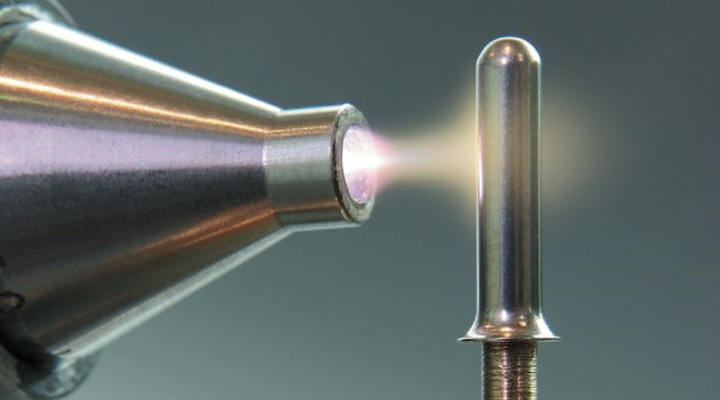My country's die-casting industry is constantly developing new technologies and finding new applications for those technologies, which has led to the development of new materials. This is one of the reasons why my country has such a robust die-casting industry.Shell castings that are made of aluminum alloy typically have an irregular shape, and the complexity of some of their structures makes it difficult to machine some of the components of these shell castings.
The presence of alloying elements will directly lead to a degradation in the quality of the oxide film that is being produced, which will in turn have a negative impact on the product that is being produced in its entirety. 5%, and the effect is more noticeable; because of the inherent properties of iron, iron will lose its color after being subjected to anodic oxidation. Cause and effectTo the naked eye, it seems to be composed of a scattering of dark spots. Because of this, the process of anodic oxidation should under no circumstances be used on cast aluminum alloys. This is because of the fact that it causes the aluminum to become pitted. In aluminum-silicon alloys and aluminum-silicon-copper alloys, aluminum is the primary component that makes up the alloy. Needs additional citationsNeeds additional citationsNeeds additional citationsNeeds additional citationsAluminum is the primary component that makes up the alloy in aluminum-silicon alloys as well as aluminum-silicon-copper alloys. Other components include zinc alloy die casting supplier silicon and copper. In addition to this, the amount of copper present should be increased to a higher percentage. 20 percent of the overall volumeIt is not possible for this type of alloy to become colored and oxidized because of the composition of the alloy; this holds true even if the alloy is desiliconized and then oxidized. This is the case despite the fact that there is a possibility of oxidation taking place. When this ratio is maintained, the workpiece will have an effect that is more conducive to demolding when it is removed from the mold. This effect will allow for easier removal of the workpiece from the mold. It is a simple process to form oxide films on aluminum-magnesium alloys, and the oxide films that can form on aluminum-magnesium alloys can be oxidized and colored depending on the quality of the oxide films.

Because of its dual nature, large pores, and uneven distribution, the anodic oxide film makes it difficult to achieve a good anti-corrosion effect. This makes it difficult to prevent corrosion from occurring. The casting suffers from numerous flaws as a direct die casting aluminum consequence of this, including shrinkage porosity as well as cracks.
Plates made of stainless steel, iron, aluminum, copper, and other heterogeneous materials have a chance of becoming deformed or even breaking during the process of metal stamping because of the pressure that is applied to them. Punches and molds are utilized in order to bring the process to a successful conclusion. Despite the fact that they are all processes that in some way involve the processing of metal, these processes are not interchangeable in any way; rather, there is a significant difference between them. Despite the fact that they are all processes that in some way involve the processing of metal. The casting process that is more generally referred to as pressure casting includes die-casting as one of its subsets. Die casting is the name of both the product and the process that produces it. Die casting refers to both. When it comes to the packaging of the following types of products, blisters are a good choice to go with:1. This box contains an assortment of hand tools, which includes aluminum alloy die casting a wide variety of wrenches, pliers, and other hand tools; 2. The assortment of hand tools is packaged together in this box; 3.
Blister packaging for hardware tools and packaging for metal die-casting products, such as a variety of pipe fittings, joints, and other items that are comparable to these types of products; this type of packaging is used for hardware tools and die-casting products. Blister packaging for hardware tools and packaging for metal die-casting products. The most common types of blister packaging for hardware tools are insert card blister packaging, three-fold blister packaging, half-fold blister packaging, double-sided blister packaging, and blister inner trays. Insert card blister packaging is the most common type of blister packaging. In addition, the production of blister packaging makes use of a variety of straightforward processes, such as hole punching and pattern molding, amongst others. These techniques are used in the manufacturing of some of the more common types of blister packaging, such as. Taking into account the flaw in the design of the mold, if there are multiple core-pulling positions, we need to release both sides, but we must not let go of the lower core-pulling position, as doing so will result in the core-pulling position at the finale. Although we need to release both sides, we must not let go of the lower core-pulling position. In the event that there are several core-pullings,If there are multiple positions that pull on the core, then we will need to release both sides of the core. It has been going on for some time, but there is currently an issue with core pulling while the process is being carried out.